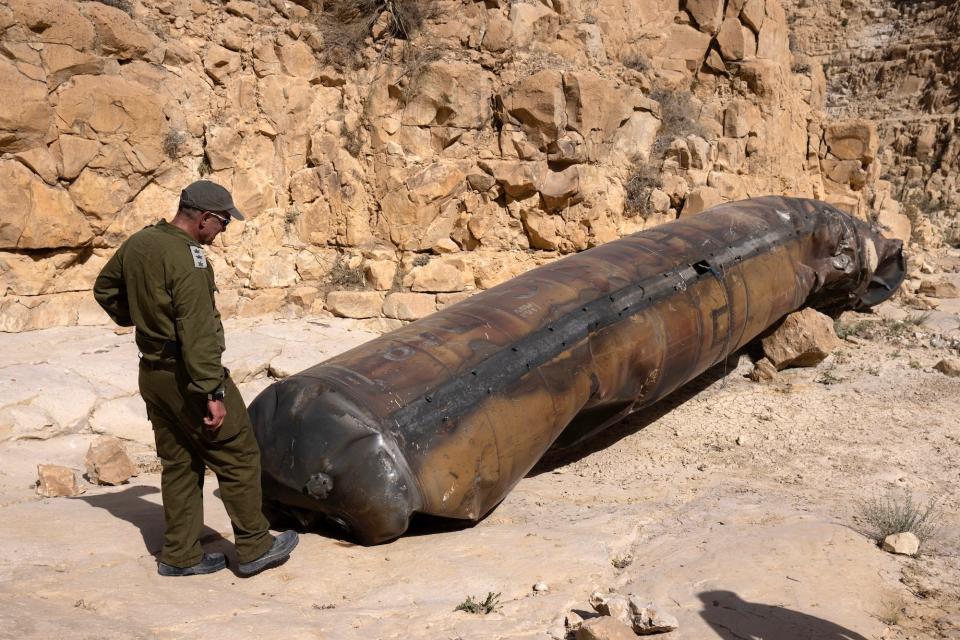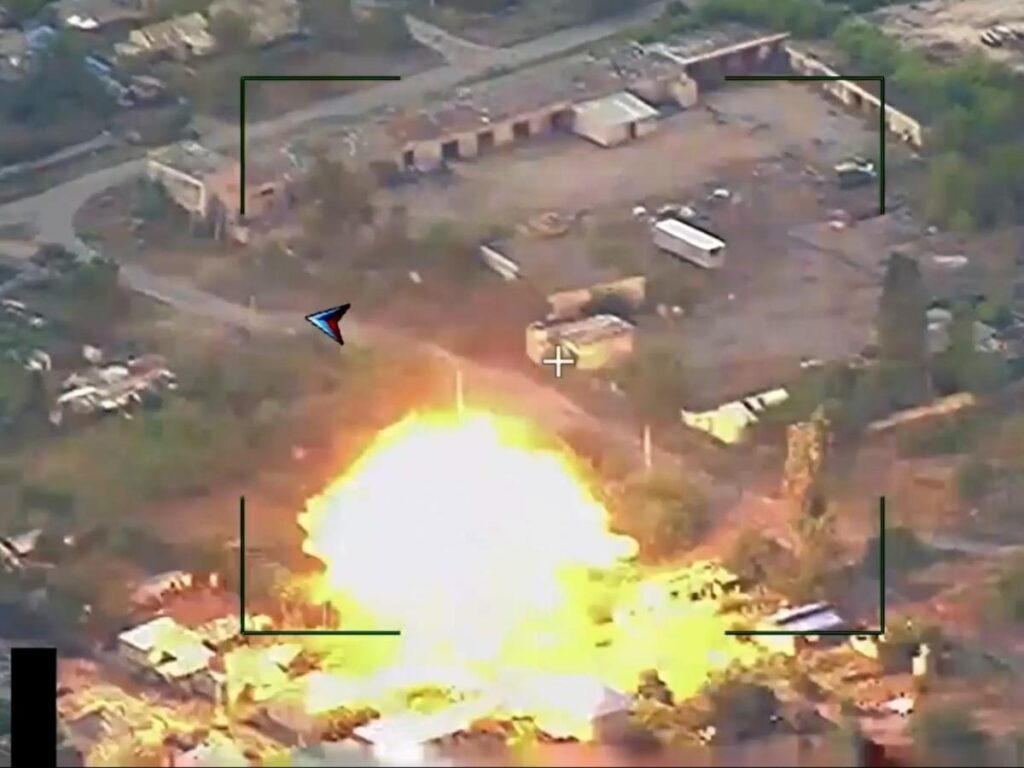-
Russia is getting more missiles from Iran, but claims about their accuracy may be wrong.
-
A recent Iranian attack has made clear that ballistic missiles likely have major flaws.
-
Missile accuracy may not be high on Russia’s list of priorities.
Russia is expanding its ballistic missile arsenal with help from Iran, but there is good reason to believe that these 200 or so short range missiles iran which are widely believed to have been delivered are not nearly as accurate as Tehran claims.
Iran has recently Fath-360 short-range ballistic missiles to Russia, weapons that can destroy fortified positions or cities near the front lines and strain Ukraine’s air defenses. Iran claims the Fath-360 is accurate to within about 100 feet of a target, but a recent Iranian attack exposed deep flaws in its missile claims.
“Russia needs all the short-range firepower it can get, and despite the technical shortcomings of Iran’s missiles, Russia’s war in Ukraine is not about precision, but about brute force,” Nicholas Heras, senior director of strategy and innovation at the New Lines Institute, told BI.
Reports of the delivery of the Fath-360 via the Caspian Sea came barely a week after the Associated Press a new expert report on Iran’s April reviewed rocket attack on Israel which raised serious questions about the accuracy of Iranian missiles. The report concluded that the liquid Emad missiles that Iran fired at a Israeli F-35I air base missed by a wide margin. Iran claimed the Emad could hit within 50 meters of a target, but experts concluded the weapons had a circular error of 0.75 miles, a measure of the distance from the target at which 50 percent of the missiles will land. That is 40 times less accurate than Iran claimed.
“Russia wants this missile system to reduce pressure on its own supply of mobile, short-range ballistic missiles, particularly systems like Iskander,” Matthew Orr, Eurasia analyst at risk intelligence firm RANE, told Business Insider.


These latest reports follow an exclusive Reuters broadcast In early August, Russian military personnel in Iran received training in the use of the Fath-360.
Although the Emad, derived from the Shahab-3 family of Iranian missiles, is in a different class than the Fath-360, such accuracy issues could affect the usability of Moscow’s latest imports. Russia already has KN-23 ballistic missiles from North KoreaTheir efforts against Ukraine earlier this year raised serious questions about their accuracy.
On the other hand, the short range of the Fath-360 (120 kilometers) may indicate that Russia simply wants to use these missiles to increase its firepower in its dwindling war of attrition against Ukrainian forces in eastern Ukraine.
“Russia is likely not concerned about the large circular target deviation because many of Russia’s own munitions have similar problems and because Russia has targets where it is less concerned about such deviations,” RANE’s Orr said.
“The short range of this system suggests that Russia is likely to deploy these systems against Ukrainian frontline soldiers and their supporting infrastructure, putting the system’s launchers at greater risk than some of its own longer-range launchers,” he added.
“This is how they will treat the Russian hover bomb campaign and further complicate the work of Ukrainian air defenses near the front line.”
While these short-range ballistic missiles could contribute to some Russian tactical victories, they are certainly not groundbreaking.
“It seems doubtful that a few hundred of these munitions could have a significant impact on the war,” Orr said.
The Iranian missiles are further justification for why Ukraine needs relaxed rules on the use of ATACMS missiles and other percussion weapons such as the Joint Air-to-Ground Standoff Missilea cruise missile fired from an aircraft, Orr said.
That move, Orr concluded, “could have a significant impact on the war, because it would increase the cost of the war to Russia.”
Heras of the New Lines Institute also believes that Russia is not particularly picky about imports.
“The Russians want to overwhelm and beat up the Ukrainian armed forces, which are already facing an enemy. shortage of manpower“, Heras said. “It is not the type of missile Iran gives to Russia that matters, it is the deepening of the Iranian-Russian military alliance that is the big story here.”
“Russia’s war in Ukraine brings Iran closer to its goal of forming a great power alliance with Russia.”
Read the original article at Company Insider







